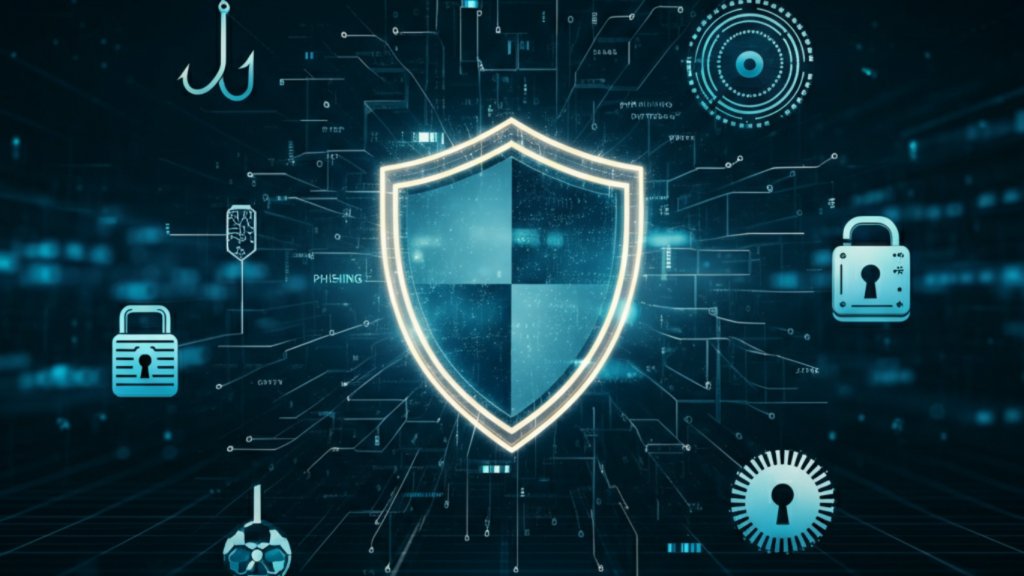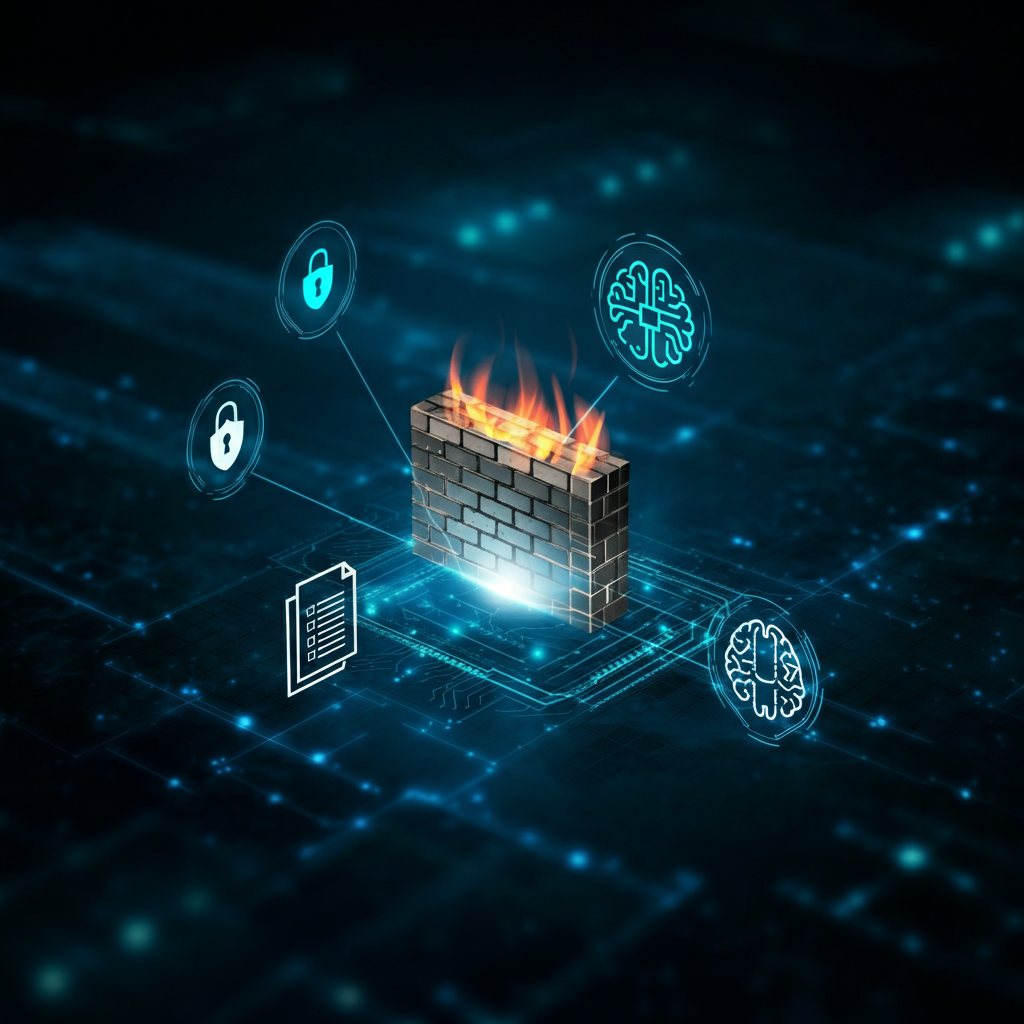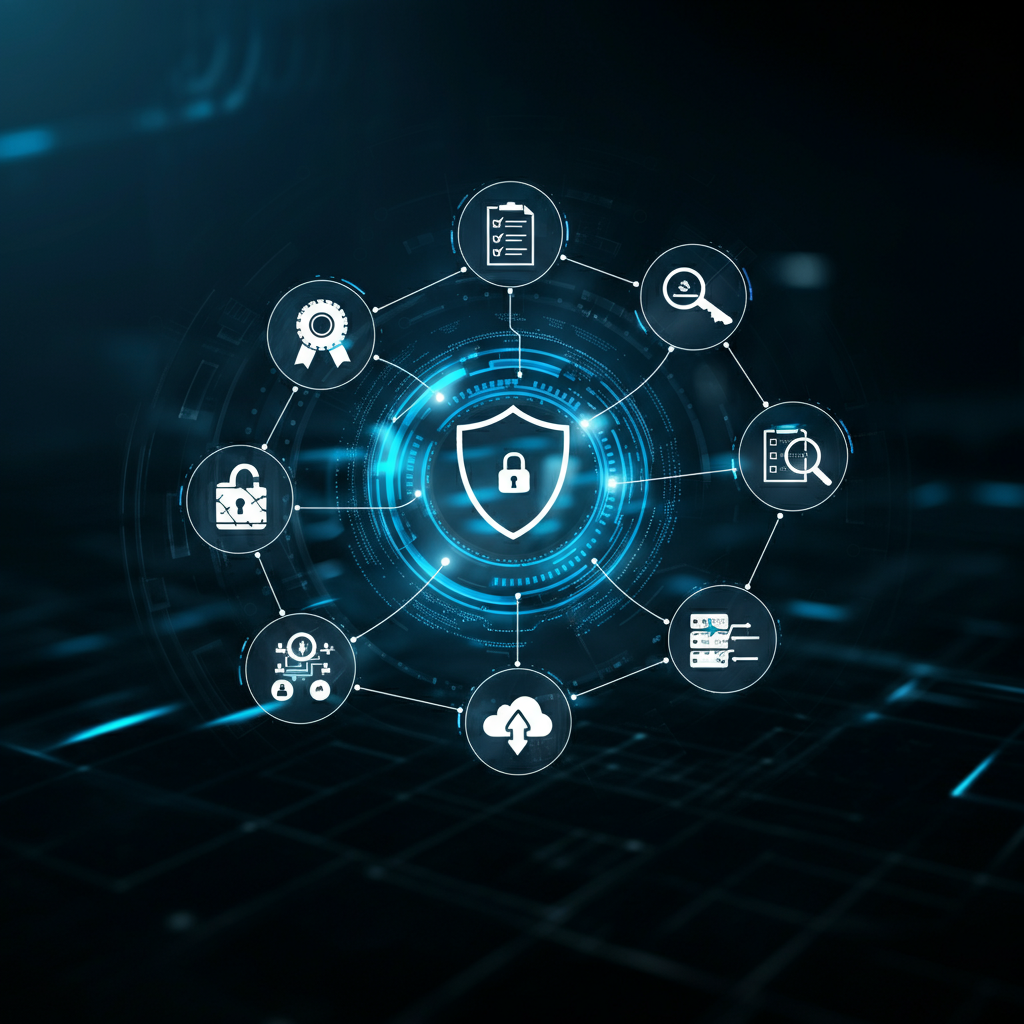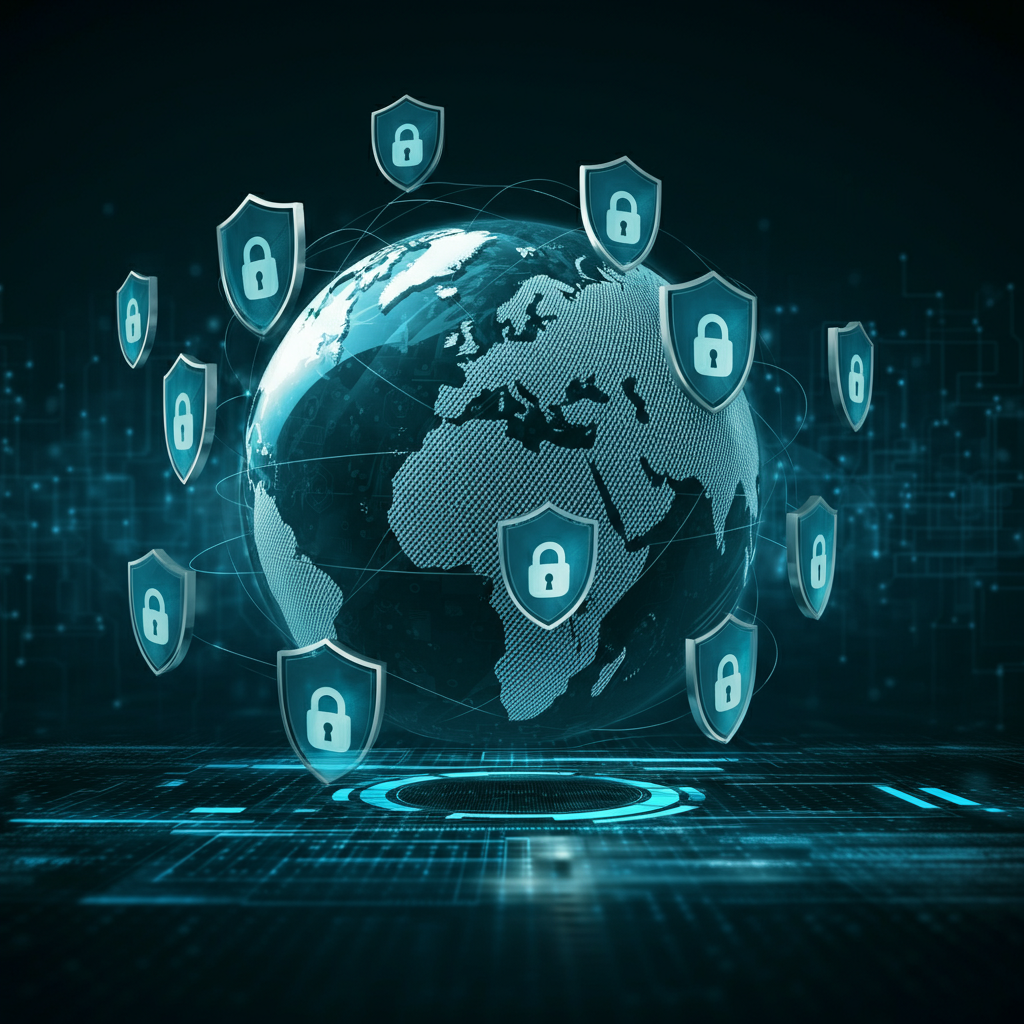Threat detection and response are essential for everyone today, as cyber dangers now impact individuals, businesses, and public institutions alike.
Cybersecurity is no longer an issue only for IT experts or large companies. Cyber dangers affect the entire population, including people, businesses, and many public institutions. The consequences of a phishing email, ransomware attack, security breach, or any other cyber threat may vary widely, but they can be catastrophic.

What is Threat Detection and Response?
Threat detection and response is the practice of identifying cyber threats and responding to them in real-time. It is similar to having a security system for a house, where not only is the presence of intruders notified but steps are taken to stop them.
Threat Detection: Noticing abnormal behavior, emerging viruses, or prospective systems compromise.
Threat Response: Responding to mitigate the impact, eliminate the threat, and build the perimeter stronger to avoid the same consequence in the future.
Together, these steps form an adaptive strategy for cyber security by not being reactive but proactive. Instead of a reaction-based approach, which gets triggered after something bad happens, threat detection and response take a more aggressive position to stay ahead of the bad guys.
Discover how threat detection and response can protect your organization from advanced cyber threats.
Why is Threat Detection and Response Important?
Threats to your computer and cybercrime are getting more advanced and rapid, and no system is completely safe from attack. New hackers emerge every single day, exploiting new devices and software to retrieve as much information as they can. If a system is not capable of manually detecting potential problems, there is a huge possibility that it is too late to respond.
The first reason is to have an adequate response strategy so that you know the problem can be created.
Limits Damage
In case of data theft and system shutdown, early detection is a good way to stop and minimize the damage that can be caused when a system is shut down, which aids in stopping data theft.
Protects Sensitive Data
Any undeclared access to private information is prevented, and sensitive information is kept confidential. It is protected to the full default level.
Reduces downtime
Ensures you will not be interrupted during your everyday activities.
Eliminates Financial Damage
It is no secret that some organizations, when trying to recover from a cyber attack, often have to pay hefty sums. These sums go towards repair costs, fines that need to be paid, or money that will probably not make a return.
Whether you’re a business owner or someone looking to protect your valuables, you can agree that investing in response systems and defenses is quite resourceful.
Key Components of Threat Detection and Response
As mentioned earlier, deflection procedures can only be undertaken when the relevant tools and practices are available. Below are some of the main components that assist in these processes.
Instant Surveillance
Real-time surveillance is necessary to identify adverse network behaviors. The network is protected by a firewall, antivirus software, and other intrusion detection systems, which can send alerts when a red flag is raised regarding the software’s behavior.
Security and Software Updates
These are the physical manifestations of the security access drones, scanners, and portable devices such as mobile phones and pads that log into your network. Stronger passwords, alongside regular software updates and encryption, ensure that these devices are not the weakest links in the network.

Cyber Threat Intelligence
Cyber threat intelligence tools accrue information about recent cyberspace attacks and actors malicious to cybersecurity. Having this information at hand enables systems to self-defend from threats that might succumb to other systems.
Incident Response Strategy Document
All strategies will bear fruit only if there exists a coherent plan that logically guides users through the details of responding to a detected threat. These documents should contain the procedures for isolating the infected systems, relaying information to the right persons, and effectively recovering systems.
AI and Machine Learning
Artificial intelligence (AI) and machine learning technologies can identify patterns of suspicious behavior long before they are flagged as threats. This improves the accuracy and speed of detection while simultaneously reducing false alerts.
Periodic Software Updates and Maintenance
Hackers can easily exploit outdated software. That’s why ensuring all systems, tools, and applications have been updated with the most recent patches is a matter of security.
Effective Threat Detection and Response Strategies
After equipping your organization with the necessary tools and processes, these strategies can be utilized to optimize your detection and response plan.

Perform Routine Assessments of Risk
Identify the “weak links” in the system by continuously evaluating your systems for potential vulnerabilities. This includes software, networks, and even the actions of employees.
a. Software: Up to date? Safe from external factors?
b. Network: Intern SaaS disengagement, firewalls, and unit VPNs for external users.
c. Employees: Cyber awareness and usage of the company system.
Train Your Employees
The detection of threats is not purely instrumentation; your staff comes into play. Employees arguably are the most vulnerable due to human error, in Cyrus’s case, phishing emails. Educate your staff about cyber threats and train them to identify possible threats.
Study the Logs Continuously
The Streams System has the potential to capture everything happening in your network, so it is worthwhile to receive the occasional check. Reviewing logs constantly can signal—through early warnings—possible breaches or the use of malware within the system.
Turn on the Multifactor Authentication Feature (MFA)
A second verification change is required, usually through emails or phones, allowing MFA to deepen security by creating an additional layer to a guessed password.
Back-Up Critical Data
Create a schedule to routinely reset the password and store important files to restore whenever there’s a breach within the system.
Even with the mitigated protective measures, no system can rest easy; they constantly need a backup.
Simulate Attacks (Penetration Testing)
Think about bringing on board security professionals to carry out a simulation of an attack. This test will likely explain to what level your defenses can withstand an attack and what gaps there are regarding possible improvements.
Learn more about our threat detection and response solutions to safeguard your business effectively.
FAQs About Threat Detection and Response
- What is the primary objective of threat detection and response?
The primary objective is the early identification of cyber threats and the subsequent prompt action taken to mitigate them to lessen damages to the systems, data, and even the business’s overall operations.
- How can small enterprises shield themselves from cyber threats?
Small enterprises can invest in low-budget defensive mechanisms like antivirus programs, firewalls, and backup solutions. They should train employees on essential cybersecurity concepts and ensure that systems are regularly updated.
- What are the typical indications of a cyberattack?
These can include slower operation speeds or complete system breakdowns, strangely displaying expected pop-up windows, unexplained activity like transactions, and even the absence of expected documents within one’s system. Awareness of these signs can help prevent a breach.
- Is it possible for AI to assist with cyber threat detection?
AI can track real-time information and detect abnormalities and patterns that would be difficult for a person to recognize. AI-powered devices can provide more agile and accurate information regarding identifying threats.
- Do individual users need to implement threat detection programs?
People also face threats, such as identity theft and spyware. The risk can be minimized successfully with the use of basic antivirus applications combined with safe ways of browsing the Internet.
Conclusion
Today, cybersecurity encompasses everyone from personal users to larger corporations, and as such, threat detection and response have become a necessity rather than a luxury. Regardless of the user’s profile, efficient and proactive threat identification and neutralization save entities from catastrophic loss.
Tools, strategies, and proactive monitoring can protect against cyberattacks. Remember that cyber defense is a living process that has to be tailored constantly. Spread awareness, stay informed, and continually improve the existing threat response and detection systems.

